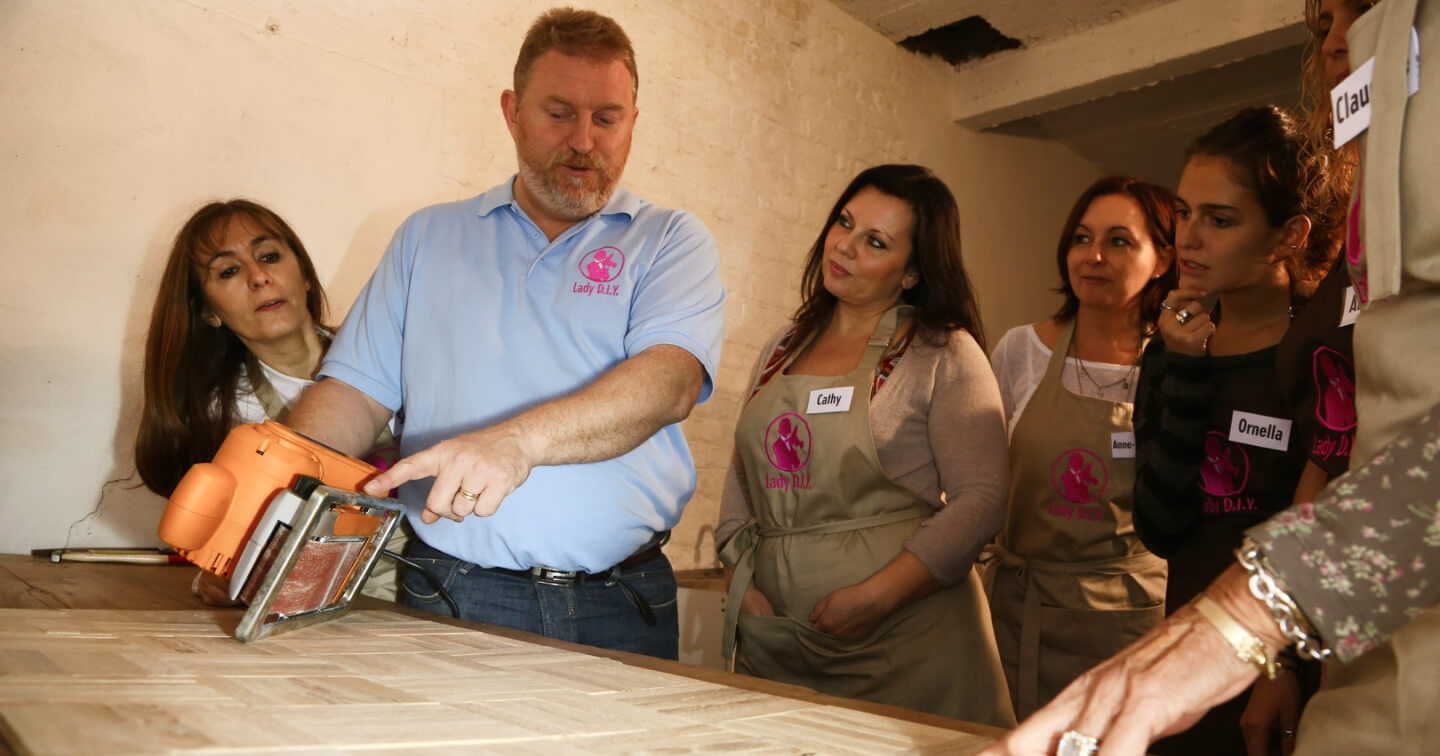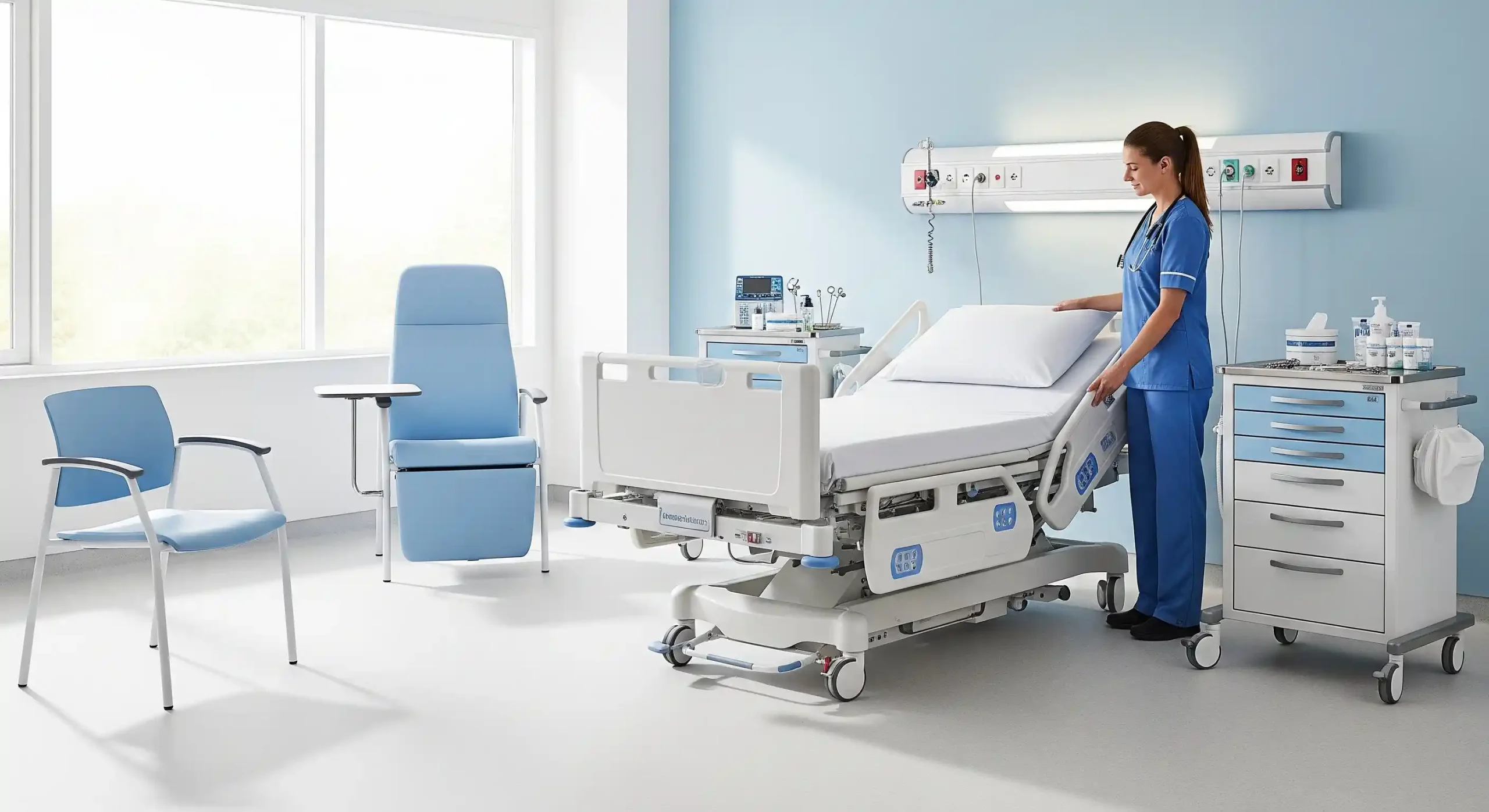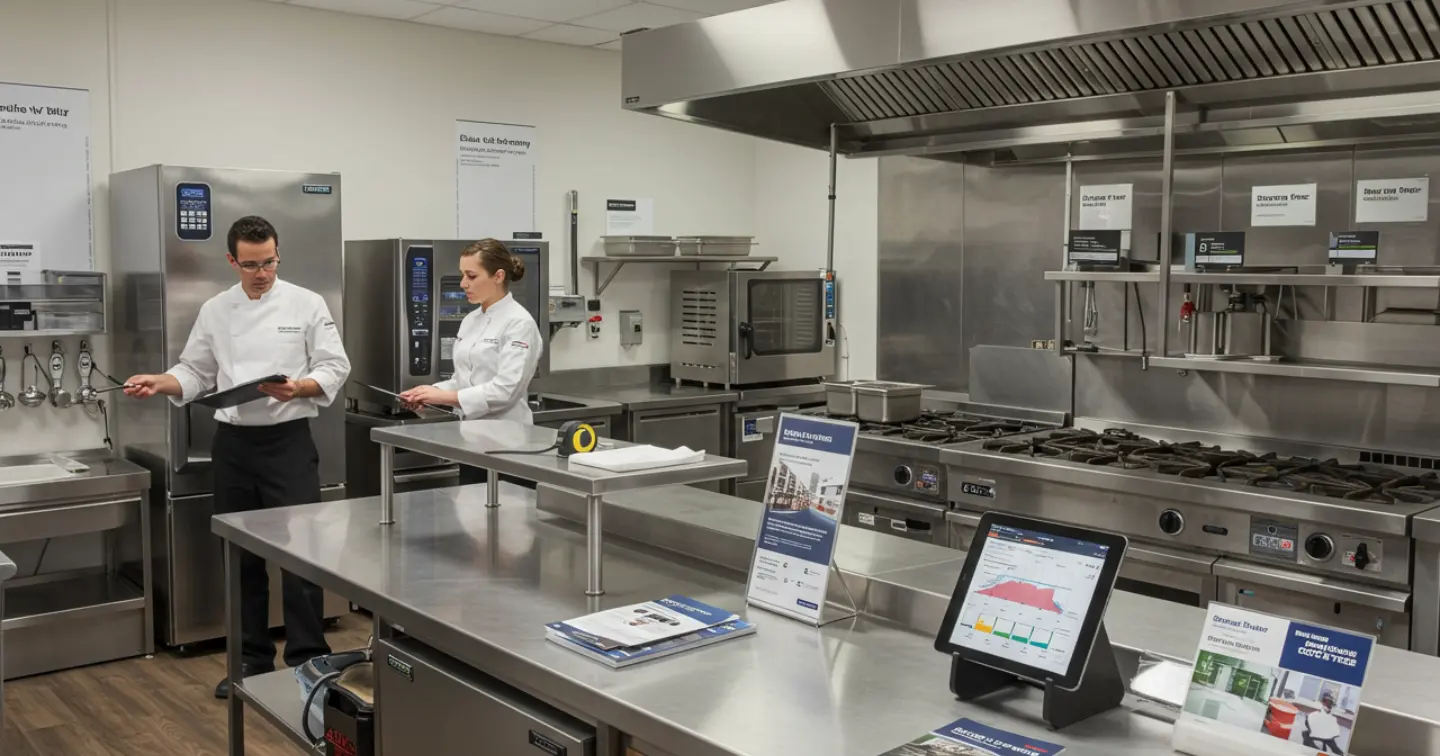Explore expert tips for selecting the perfect shelves. From material choices to installation, we cover it all. Make informed decisions
1. Purpose of the Shelf
Determine the purpose of your shelf. Will it be functional (for storage or display) or purely decorative? Knowing this will guide your material and design choices1.
2. Wall Type and Support
Understand your wall type. Plasterboard walls are weaker and require proper fixings, while masonry walls (brick or concrete) can hold more weight. Use a stud detector to locate solid sections for better support.
3. Location
Consider where you’ll install the shelf. Eye-level placement is ideal for functional shelves. Think about accessibility and aesthetics.
4. Weight Capacity
Assess the weight the shelf needs to bear. Heavy-duty components are essential for bookshelves or items with significant weight1.
5. Material Selection
Choose materials based on durability and aesthetics. Wood, metal, glass, or acrylic—each has its advantages and style implications.
6. Bracket or Floating
Decide between a classic shelf with brackets or a floating shelf. Brackets provide stability, while floating shelves create a sleek, minimalist look.
7. Depth and Width
Consider the depth and width of the shelf. Deep shelves accommodate larger items, while narrow ones are suitable for smaller spaces.
8. Installation Difficulty
Some shelves require professional installation, especially if they’re heavy or complex. Factor in installation costs and expertise.
9. Style and Design
Match the shelf style to your room decor. Rustic, modern, industrial, or minimalist—choose what complements your space.
10. Budget
Finally, set a budget. Shelves come in various price ranges, so balance quality, aesthetics, and cost.






